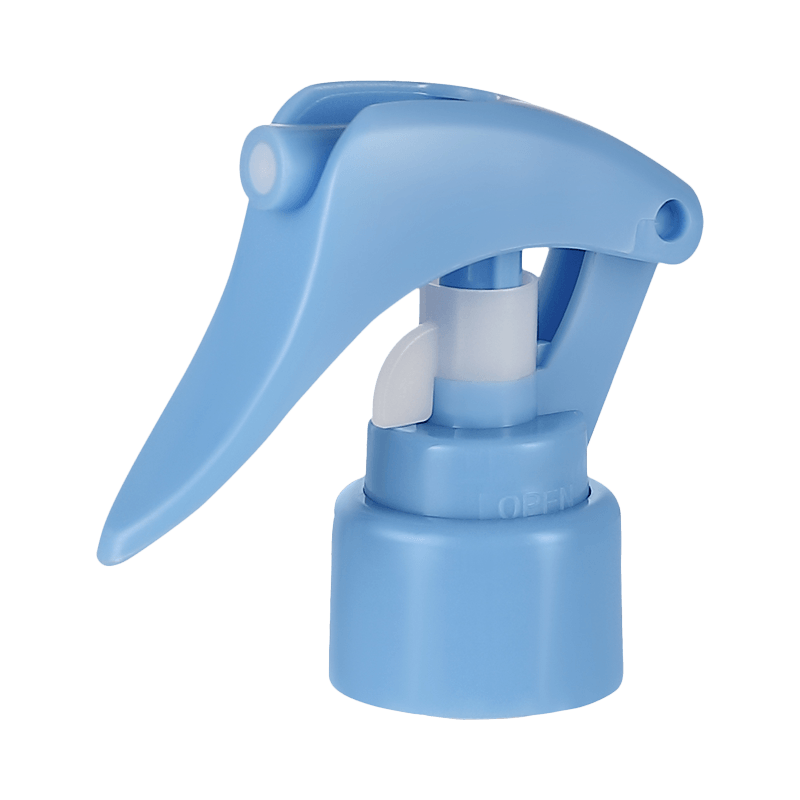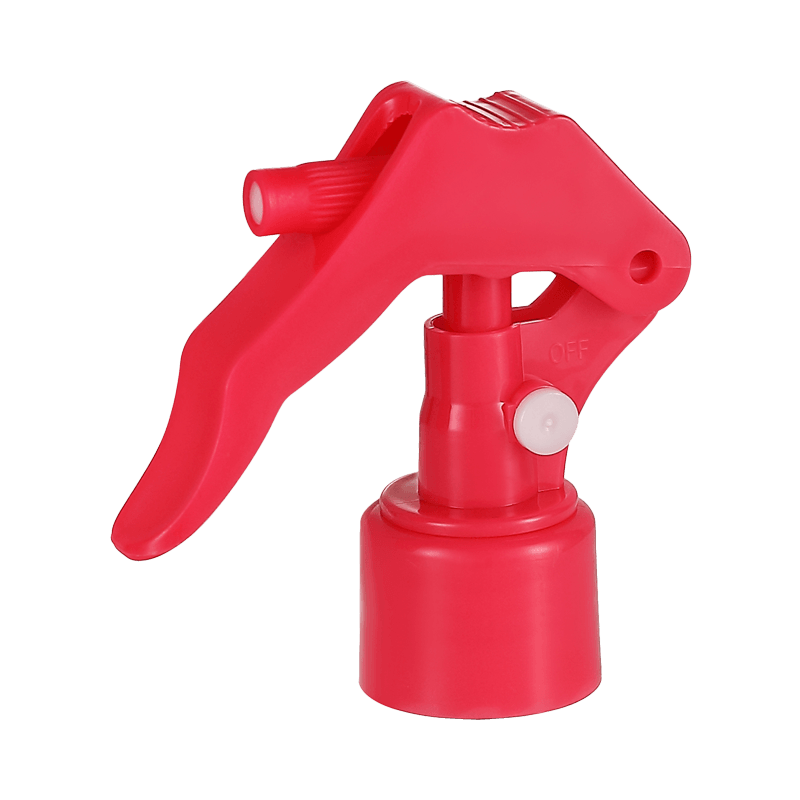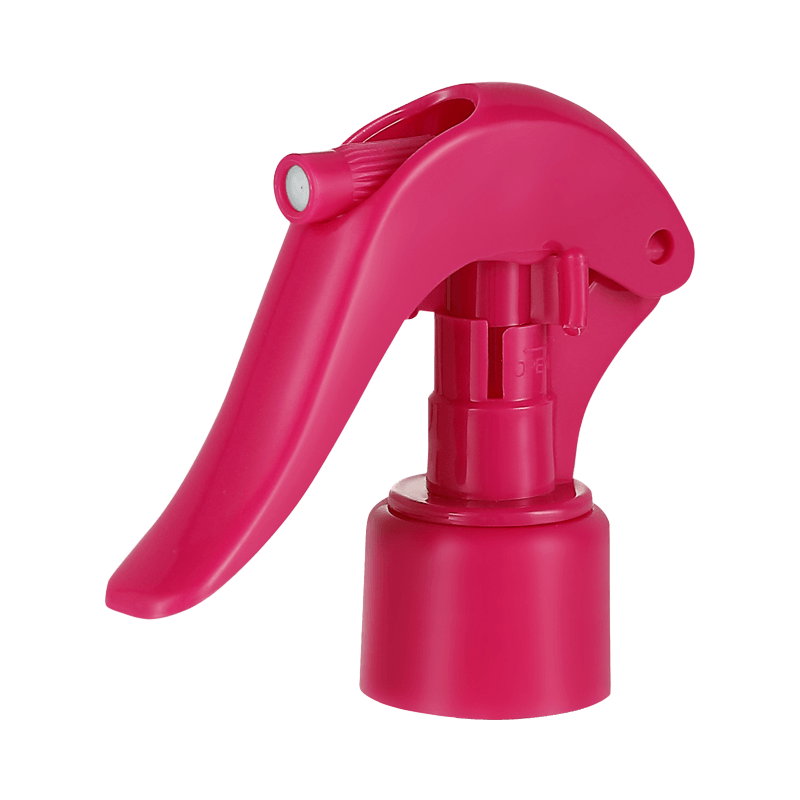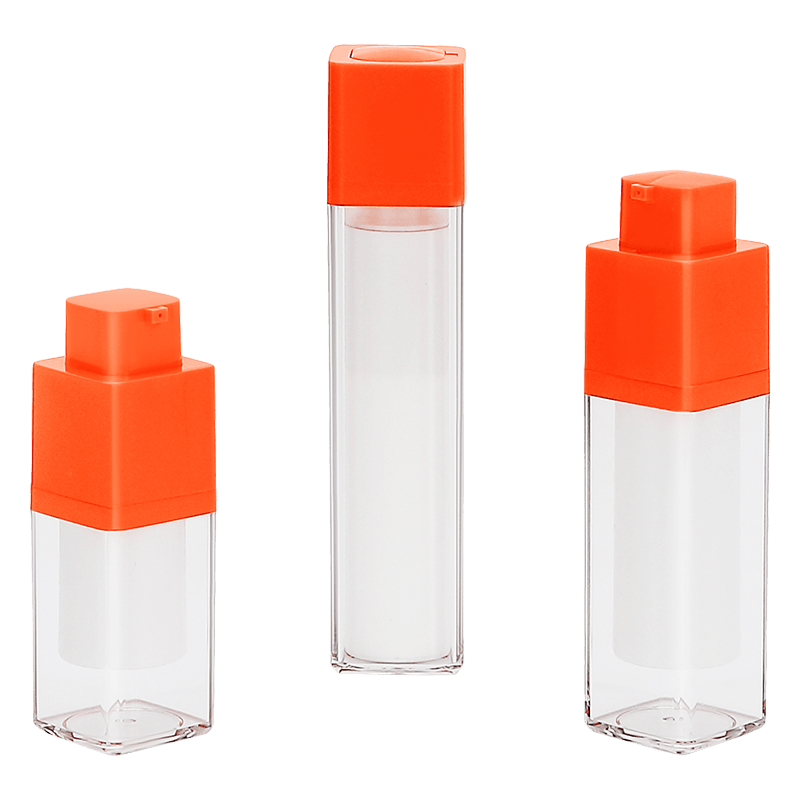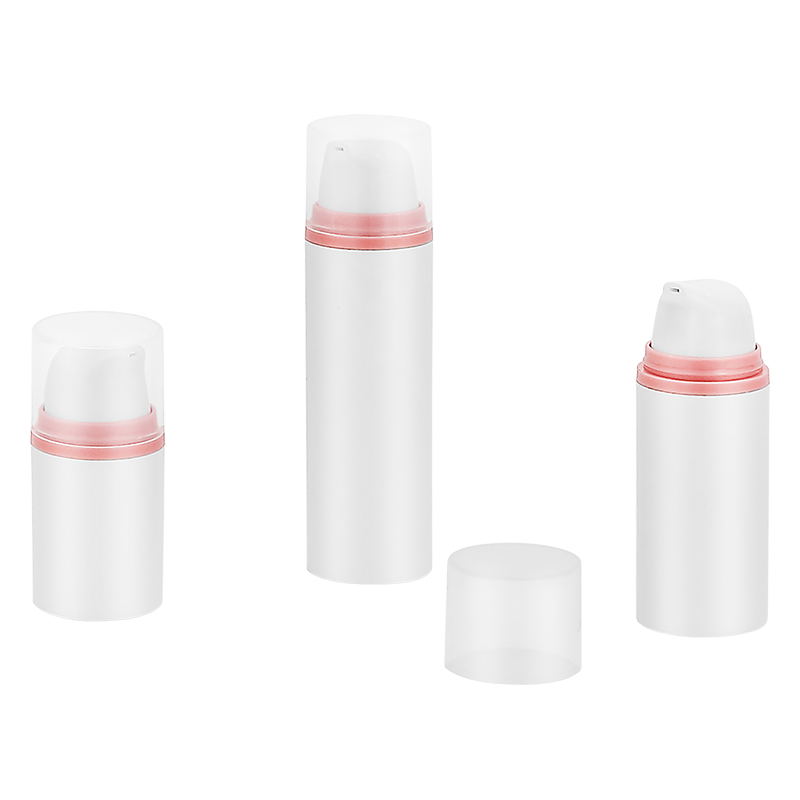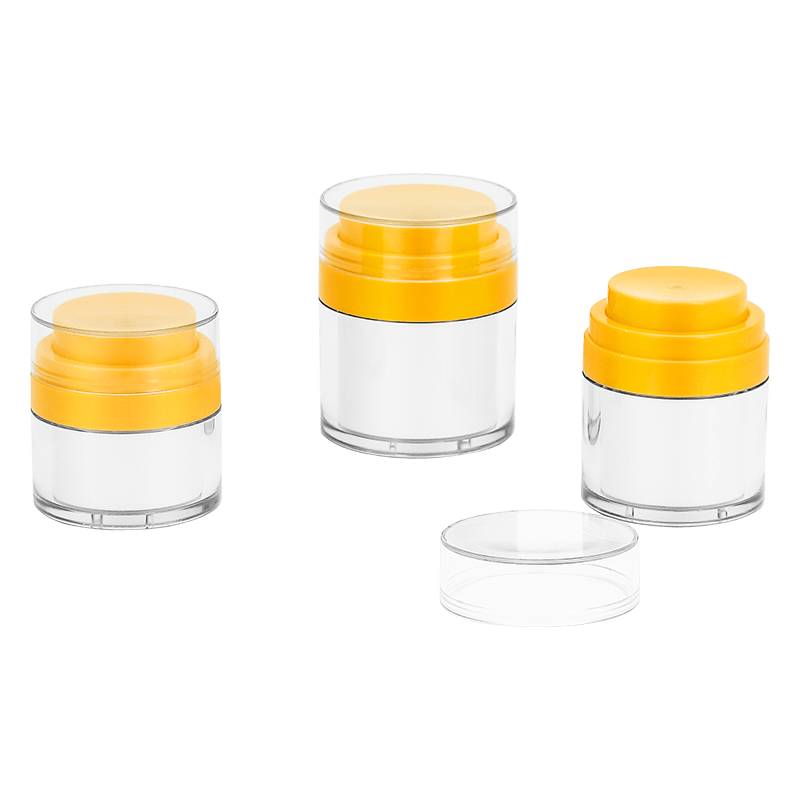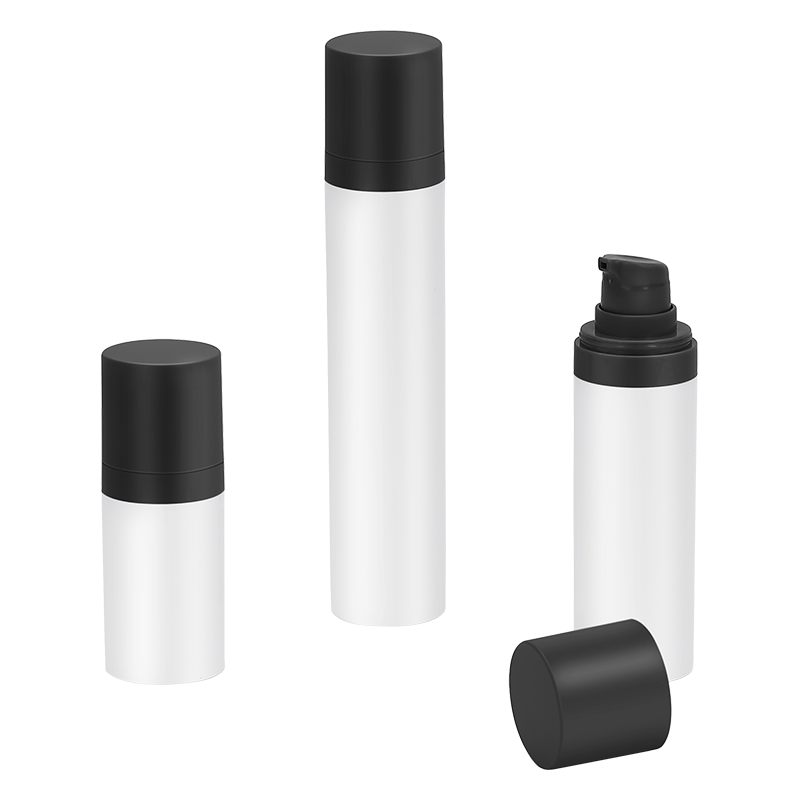In daily life and industrial production, trigger sprayers are widely used in many fields such as personal care, household cleaning, and agricultural plant protection due to their convenience and efficiency. However, the sealing performance of a trigger sprayer, as an important indicator of its quality and durability, is often significantly affected by environmental factors.
Effect of temperature on sealing performance
Temperature is one of the key factors affecting the sealing performance of trigger sprayers. Different materials respond differently to temperature changes. When the temperature increases, the material expands; when the temperature decreases, the material shrinks. This thermal expansion and contraction may cause the size and shape of the sealing component to change, thereby affecting the tightness of the fit with the pump body, nozzle and other components.
In high temperature environments, sealing materials may soften or even melt, significantly reducing their sealing performance. For example, some rubber and plastic seals lose their elasticity under high temperatures and cannot effectively fill the tiny gap between the pump body and the nozzle, causing liquid leakage. In low-temperature environments, sealing materials may become hardened and brittle, resulting in reduced sealing performance. Especially under extreme low temperature conditions, the brittleness of the seal increases, which may cause rupture and cannot effectively maintain the sealing effect.
Effect of humidity on sealing performance
Humidity is also an important factor affecting the sealing performance of trigger sprayers. Humidity changes will affect the hygroscopicity, swelling and chemical stability of the sealing material, thus affecting its sealing effect. In high-humidity environments, sealing materials may absorb moisture from the air, causing volume expansion and reduced performance. Especially when the sealing material comes into contact with water vapor, a water film or water droplets may form, affecting the contact tightness and lubricity of the seal, thereby increasing the risk of leakage.
Although low-humidity environments have less direct impact on sealing materials, long-term exposure to dry environments may cause sealing materials to lose moisture and become dry and brittle, thus affecting their sealing performance.
Effect of chemical corrosion on sealing performance
Chemical corrosion is another factor that cannot be ignored that affects the sealing performance of trigger sprayers. Different liquid media have their own chemical characteristics, which may cause corrosion to the sealing material, resulting in a decrease in sealing performance. Certain corrosive liquids, such as acids, alkalis, and salts, are highly corrosive and will accelerate the aging and corrosion of sealing materials. Long-term contact with these liquids may cause cracks and peeling on the surface of the sealing material, thereby losing the sealing effect.
In addition, solvent-based liquids may also affect the sealing material, causing its performance to decrease. For example, some organic solvents may dissolve or swell seals so that they cannot maintain their original shape and size, causing leaks. Therefore, when selecting a trigger sprayer, it is necessary to fully consider the temperature, humidity and potential chemical corrosion risks of the environment in which it is used to ensure the reliability and durability of its sealing performance.

 中文简体
中文简体 English
English русский
русский